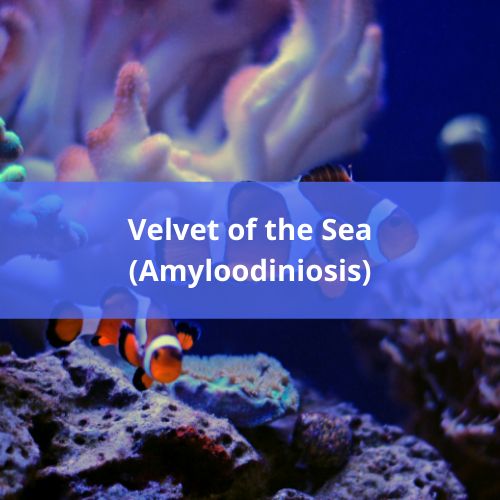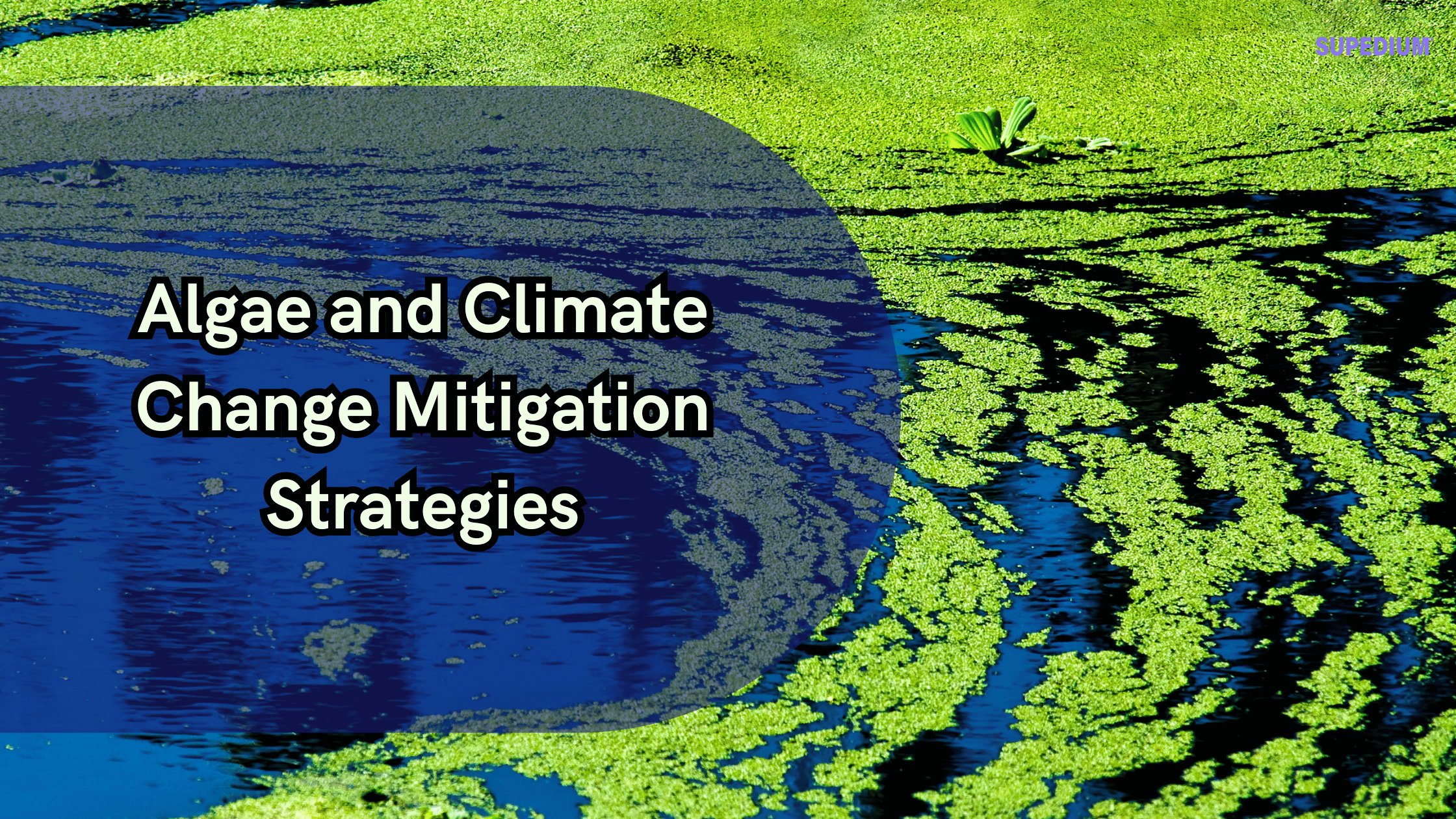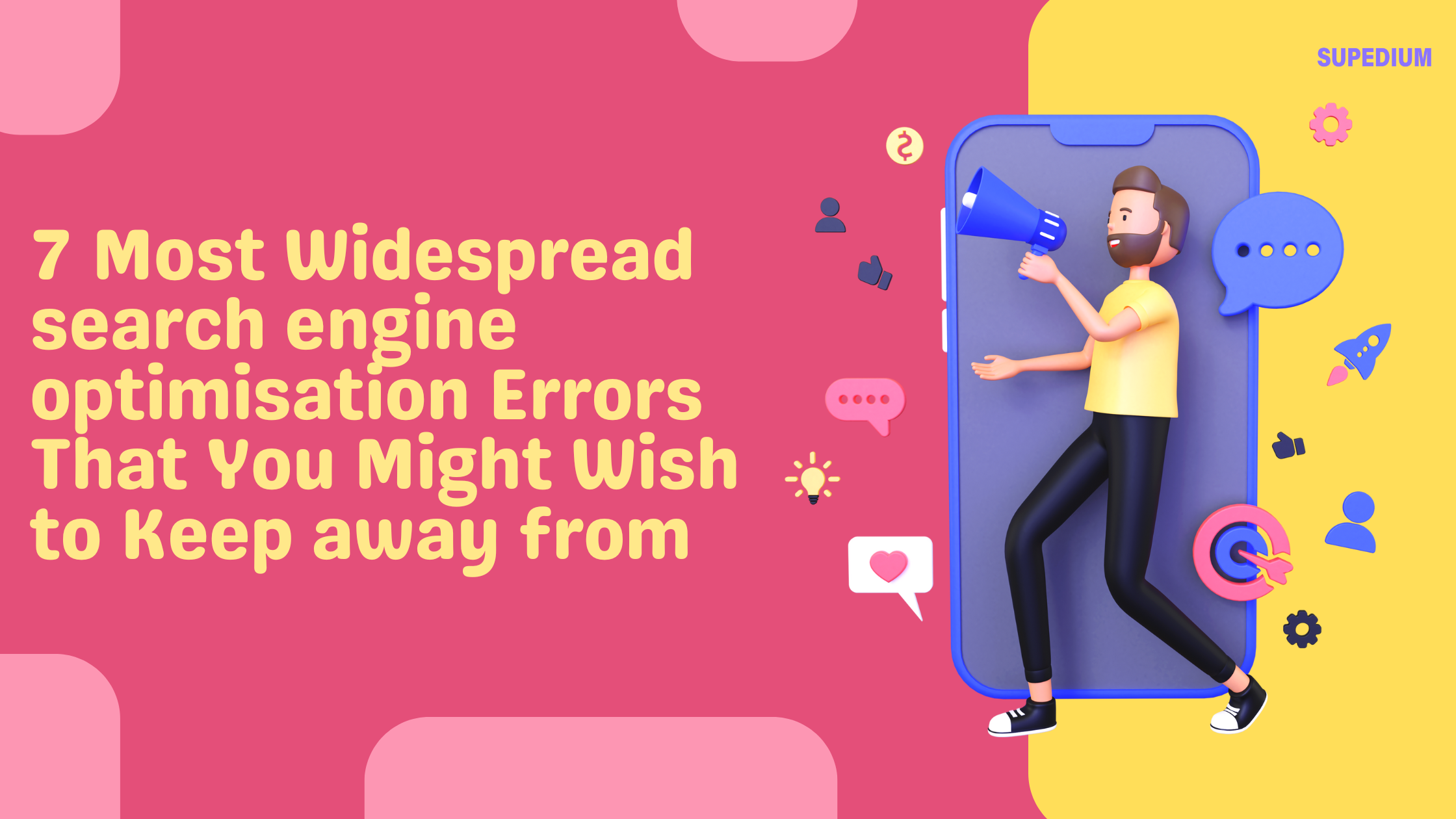Table of Contents
![]()
One of the more troublesome parasitic diseases encountered by hobbyists is Marine Velvet (Amyloodinium ocellatum). Only Cryptocaryon (marine ich) is seen by aquarists more frequently. In the advanced stages of Amyloodiniosis, death is almost certain, and diagnosis is difficult due to the lack of outward physical markings in the early stages. Heavy infestations usually occur within the gill filaments, and once this stage is reached, death can occur within a day. To save the infected animal, prompt, proactive treatment is required, as is early detection. All fish must be taken to a hospital quarantine and treated once the parasite has been introduced into a closed system. Amyloodiniosis has been known to wipe out entire fish populations within a week of introduction, so quarantining all new arrivals for four weeks before placing them in the display tank is the best course of action. This parasite is usually introduced into a system with new fish, but it can also be introduced in its tomont stage from invertebrates, corals, live rock, and other sources.
Amyloodinium ocellatum has a three-stage life cycle, which should be understood when dealing with an infected fish or system.
1. Trophont – This is the stage at which the parasite attaches to the host fish’s body or gill filaments. The trophozoites grow and mature in this environment, receiving their nutrients from the host fish. They drop off the fish and encase on the substrate in the tomont stage once they reach maturity (3-7 days).
2. Tomont – Tomonts undergo internal division in this cystic state and emerge in greater numbers as free-swimming dinospores.
3. Dinospore – The parasites reattach to the host fish in this free-swimming state, restarting the cycle in greater numbers until the animal is overwhelmed and dies. Dinospores stay in this free-swimming stage for 7-8 days, but some have been found to live for up to 30 days. The parasite is most vulnerable to treatment when it is free-swimming.
It’s also worth noting that Amyloodinium’s life cycle can take as little as 3-6 days to complete. The parasite’s short life cycle, combined with the fact that each new tomont can release up to 256 free swimming dinospores, is one of the main reasons for its rapid death. The gill filaments can quickly become overwhelmed and damaged if no action is taken, causing the fish to suffocate.
Prognosis and Symptoms:
The most difficult aspect of dealing with this parasite is determining whether it is present. Physical markings, unlike Cryptocaryon, are usually not detected until late in the infestation, when the animal is already near death. If a successful treatment is to be implemented, early detection is critical.
Loss of appetite, rapid respiration (around 80 times per minute), general lethargy, swimming or hovering in one part of the tank (usually near the surface or by a power head), and scratching (flashing) on substrate, rock, or tank decorations are some of the early signs. There may be golden or white dusty-looking patches on the body or around the gills in the advanced stages. Unfortunately, once this stage is reached, the fish will usually die from a lack of oxygen within a few hours.
Treatment:
Copper is the only practical and effective treatment for amyloodiniosis. All infected fish (hosts) must be removed from the system and treated in a quarantine (isolation) hospital tank (s). Because the parasite is only vulnerable when it is free-swimming (dinospore), the copper must be kept at the recommended dosage for 14-21 days. Copper treatment for 21 days is the most effective way to ensure that all stages of parasite life have been completed and that the parasites have been eradicated. Following the copper treatment, the fish should be kept in the hospital tank for another 5 weeks to be monitored for reinfection.
Cupramine by Seachem is the copper medicine I recommend for this treatment. It is a non-chelated copper that most fish can tolerate. When administering a copper treatment, it’s also critical to use the right test kit. The Seachem Multitest kit for copper is the test kit of choice for Cupramine. When using copper, it’s important to keep the right dose for the right amount of time. The parasite may survive treatment if the copper level in the hospital tank is too low. The fish may die of poisoning if the copper level is too high. The importance of using the PROPER test kit for this treatment cannot be overstated.
Copper is toxic to invertebrates, corals, and microscopic life in the substrate and live rock, so they should be kept in the display tank. They are not Amyloodinium hosts and will not help them complete their life cycles.
The fallow time in the display tank is the second and equally important part of the treatment. To ensure that all trophonts have cycled through the free swimming stage and died off due to a lack of fish hosts, ALL fish must be removed to hospital tanks for treatment and the display tank must be without fish hosts for an eight-week period.
It’s also worth noting that the fish’s immune system will be severely weakened. While the fish is undergoing treatment, water quality and nutrition are critical. Ammonia and pH levels should be closely monitored. Daily pH-adjusted, pre-medicated water changes can help to maintain good water quality. By soaking the fish’s food in a high-quality vitamin supplement like Selcon or Zoe, one can also help the fish’s immune system.
An ounce of prevention is worth a pound of cure:
In the fight against a parasitic outbreak, the best defence is to keep the organism out of the system in the first place. Even if the animals are the first purchases, a proper four-week quarantine period for all new arrivals will help keep the system “clean.” This observation period is ideal for treating any ailment that may arise, as well as ensuring that the parasite does not enter the display tank. It’s preferable to treat the fish in a controlled environment at first rather than stressing them out later by catching and removing them from the display tank.
Despite the fact that invertebrates, corals, live rock, and other non-fish additions are not hosts for parasitic outbreaks, it is still a good idea to isolate and quarantine them if they come from a system with fish. When items come from a system that contains potential hosts (fish), a tomont could be transferred into your system from any item in that system.
Once introduced into a closed system, Marine Velvet is a deadly and difficult disease to combat. You will have earned your pound of cure by carefully selecting and properly quarantining your new pets.
Share This





1 Comment
Best Digital Marketing Agency in GTB Nagar. We provide the best digital marketing SEO Agency in GTB Nagar and the best digital marketing SEO Agency in Delhi. Increase your online website traffic with the help of Digitize Digitally which do all kinds of Agency in the field of Digital Marketing.
Digital Marketing Agency in GTB Nagar
Best Social Media Marketing Agency in Delhi. We at Digitize Digitally give you the best Social media marketing Agency in Delhi. Get a free E-book that will help you learn more about Social media marketing and find out that Digitize Digitally provides the best digital marketing SEO Agency in GTB Nagar
https://digitizedigitally.com/